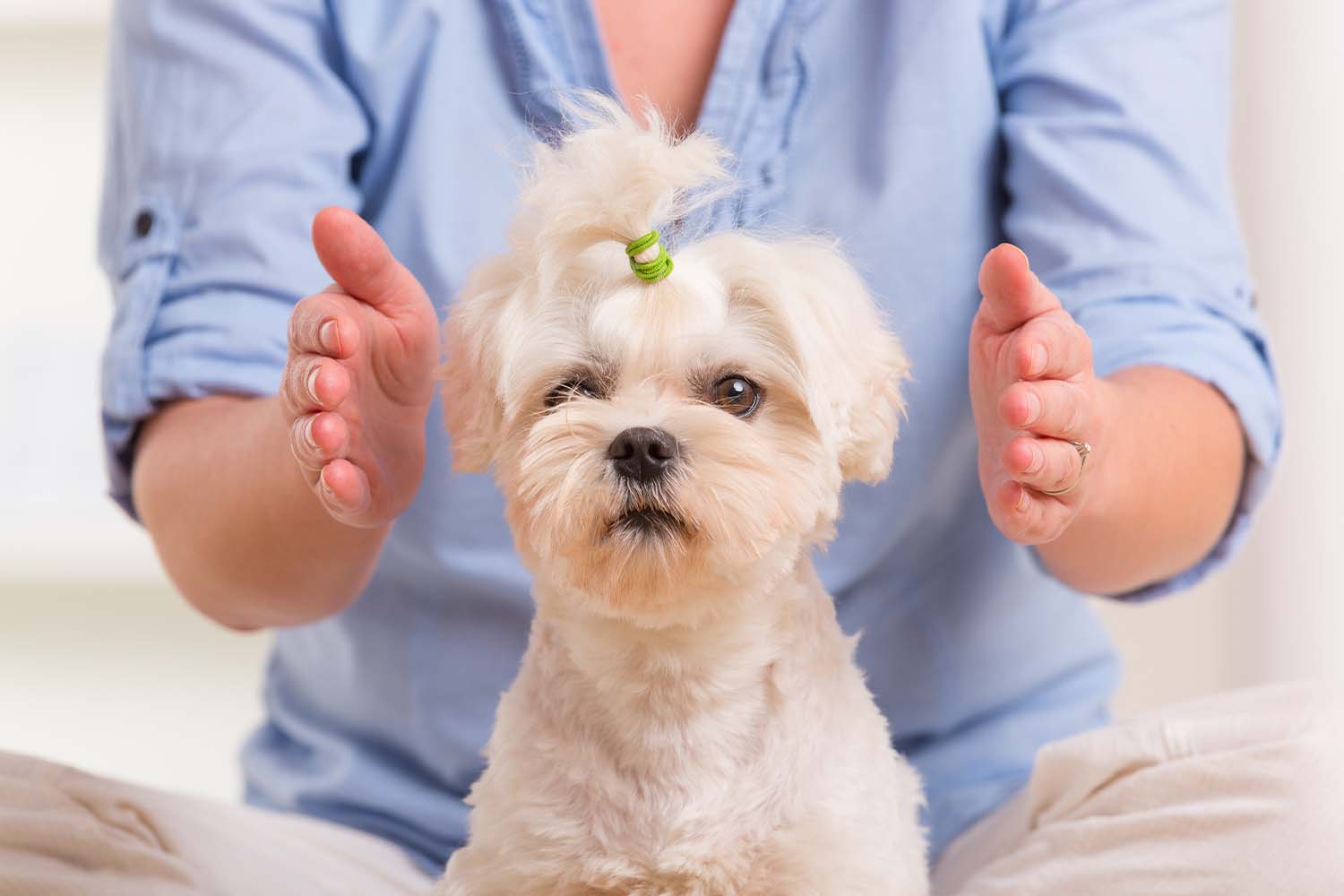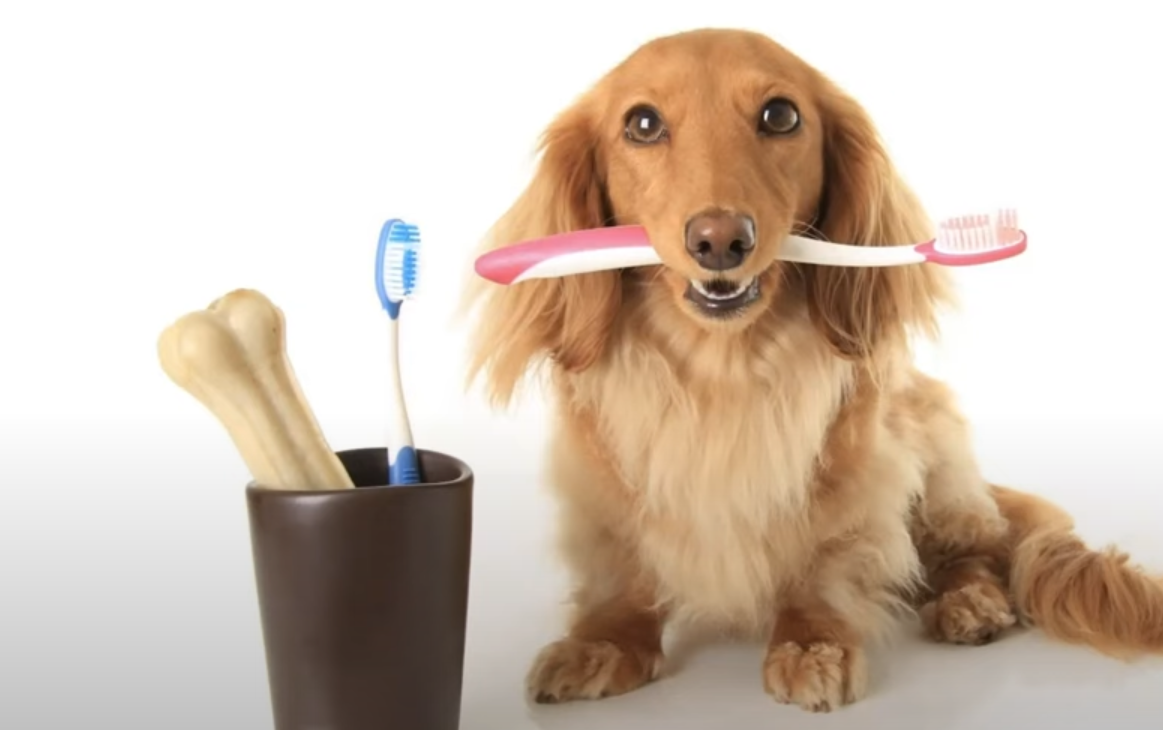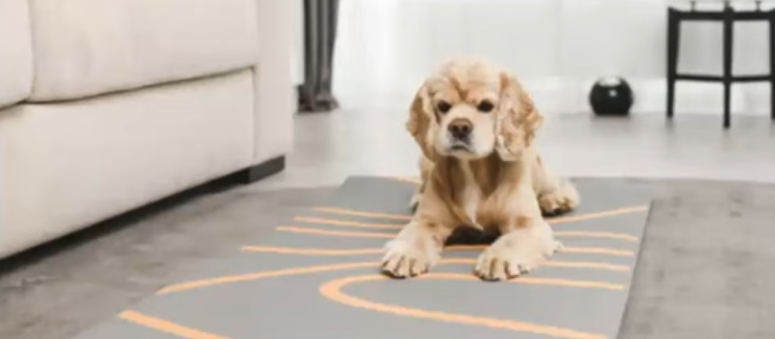If you’re looking into the process of spaying your cat, there are sure to be plenty of questions swirling around in your head. Don’t fret! We’ve got you covered.
For many, the who, what, where, when, and why can overtake you. Some might wonder what spaying is or how it’s different from neutering. Others might be curious about where the procedure should be done. Or, when is the most appropriate timing? Why is spaying important?
To help put your mind at ease through this whole process, we’re answering some of the most frequently asked cat spaying questions.
Here are the nine most frequently asked questions about our little buddies with nine lives:
What Does “Spay/Neuter” Mean?
The spaying process refers to sterilization (removing the reproductive organs), specifically for female cats. This procedure disrupts cats’ ability to go into heat and reproduce. A male cat, in contrast, would be neutered, which means the cat’s testicles are removed under anesthetic.
Depending on where you are in the world, your cat could undergo either an ovariectomy or ovariohysterectomy. An ovariectomy is when a vet removes just the cat’s ovaries; it is most common in European veterinarian practices. On the other hand, an ovariohysterectomy is when you remove the cat’s ovaries and uterus. This procedure is most common in the United States and Canada.
When Should Your Cat Be spayed?
When you should spay your cat is completely dependent on her individual circumstances.
For instance, if you are adopting a kitten, it’s recommended that you schedule spaying between six and seven months of age. While it’s possible for cats around four months old to reproduce, it’s not very common. Before this age, your cat will likely be too young to reproduce. While adult cats can (and very often should) be spayed, kittens can have an easier time recuperating.
If you have adopted an older unspayed cat, you can talk with the Certified Pet Lifestyle Experts™ (CPLE) at AskVet for advice on the best surgery time. Every cat is unique in their own special way, and this decision will reflect that.
Older cats might have underlying medical conditions that might make the anesthesia process a bit more serious. Your vet might want to do testing to ensure your cat is healthy for this procedure.
What Are the Benefits of Spaying Your Cat?
It’s no secret that there is a homeless cat population worldwide. Cats can reproduce many litters, but that doesn’t mean they need to! When you decide to get your cat spayed, there are many benefits, and population control is one of the main ones.
When you spay your cat, you are helping reduce cat overpopulation that contributes to unwanted litters and cats living in shelters or on the streets.
Regarding health benefits, spaying your cat can greatly reduce their risk of mammary tumors and uterine cancers (as well as testicular cancer in males). Spaying can prevent uterine infections and even the rupturing of the uterine.
When “queen” cats go through their heat cycle, sometimes as frequently as once a month, they might engage in some unwanted behaviors you’d prefer they didn’t. Some hormone-driven behavioral problems might include aggression, yowling in the middle of the night, and possibly small amounts of urine marking.
What Are the Risks?
With every good thing said about spaying your cat, it’s impossible to ignore discussing the risks it carries. The risks are extremely low and rare when it comes to the spaying of a cat. The main risks involve general anesthesia and internal bleeding due to complications (either during or after the spay surgery).
These aren’t the things that should be at the forefront of your mind. With a trusted veterinarian, you can discuss these fears. They should have a plan to help your cat. When interviewing a new vet, you should always feel positive that they have your cat’s best interests in mind.
What Should Cats Expect from This Surgery?
This shouldn’t be a very long surgical procedure. Like with any medical procedure, understanding the logistics of what will likely happen can help you feel better. Your cat won’t understand, so this is mainly to ease your mind.
Leading up to the surgery, your veterinarian might recommend your cat avoid snacking after midnight the night before the procedure. Then when you bring your cat, she will be put under anesthesia so that she doesn’t feel any of the procedure.
Generally, the vet will make an incision in her abdomen and remove the ovaries and uterus (or just ovaries). Then they will stitch up the incision site and give your cat an “Elizabethan collar” to keep her from biting at the sutures. These stitches should be kept clean and out of reach of your cat’s curious tongue.
After seven to ten days, the vet might choose to remove the stitches during a post-surgery check-up.
How Long Is a Spay Surgery?
Typically, a cat can go home the day of the surgery — perhaps with pain medication and an adorable cone, but home nonetheless! Some cats have a very speedy recovery and soon want to go back to throwing books and vases off countertops.
You should make sure that your cat keeps their play to a minimum and that they avoid messing with their sutures. Cats don’t realize it, but that could cause them a lot of trouble.
What Is the Recovery Process Like?
The recovery timeline can be different for every cat, but the recovery process is often a breeze. Your cat might become playful shortly after or overly curious about her new scar. For this reason, keeping a close eye on her is key. Additionally, a controlled and contained environment and a cone can help protect them from their own mischief.
While your cat is in surgery, you can set up and prepare for the recovery process. Make her bedding nice and comfortable, a freshly cleaned litter box, and food and water (if allowed) that is easily accessible.
When your cat comes home from the surgery, you will want to keep her as calm as possible to not disturb her stitches. You’ll want to keep her bedding and litter box spotless to avoid any possible infection. Your cat might be a bit needier during this time. Good thing we would never turn down some cat cuddles!
How Can You Tell if a Cat Is Already Spayed?
If you adopt a kitten, the cat is likely unspayed since she hasn’t reached the proper age for the procedure. If you have adopted an older cat through a rescue, they probably have done a full check-up with the cat and could let you know what your cat’s medical records say.
Now, if a homeless cat has chosen you by coming to your door and refusing to leave, you might not know their complete history. You can ask to have a veterinarian check out their underbelly to look for a scar. Your cat could also undergo a blood test that can detect if your cat has been spayed or not, called the “Anti-Müllerian Hormone Assay.”
How Much Does a Cat Spay Cost?
The cost of getting your cat spayed depends on several variants. Where you get it done, where you live, your cat’s age, and other factors might impact the pricing. You might also take your cat to a low-cost spay facility and sign-up for their services. This is one way to still do your part but for a more affordable price.
In general, a cat spaying can range anywhere from $200-500, but the price can vary.
Spaying in Summary
Spaying pets is a great way to ensure that all cats can go to a kind and loving home. Without the help of humans, kittens are being born daily. Spaying is a safe and common procedure that can protect your cat from unwanted pregnancy and health-related complications.
If you still have more questions, you can download the AskVet 360° Pet Care App. Right now, for only $9.99/month, you can gain access to 24/7 virtual veterinarian care. When you download the app, you also gain access to 1:1 personalized pet care to help your pet live a long and healthy life.
You can ask any question you might have at any point in the day and get a quick and speedy response and receive help with a wide range of animal wellness themes along the way. All pets are welcome, including dogs, lizards, and even fish. Whether your cat is a queen or she just acts like royalty, AskVet is here to help.
Sources:
Ovariectomy or Ovariohysterectomy? | Cornell University Veterinary Specialists
Current Perspectives On The Optimal Age To Spay/Castrate Dogs And Cats | NCBI
Spaying And Neutering | American Veterinary Medical Association
Queen (Cat) – an Overview | ScienceDirect Topics
Feline Reproductive Function Tests | Cornell University College of Veterinary Medicine
Living with an Intact Female Cat | BC SPCA







